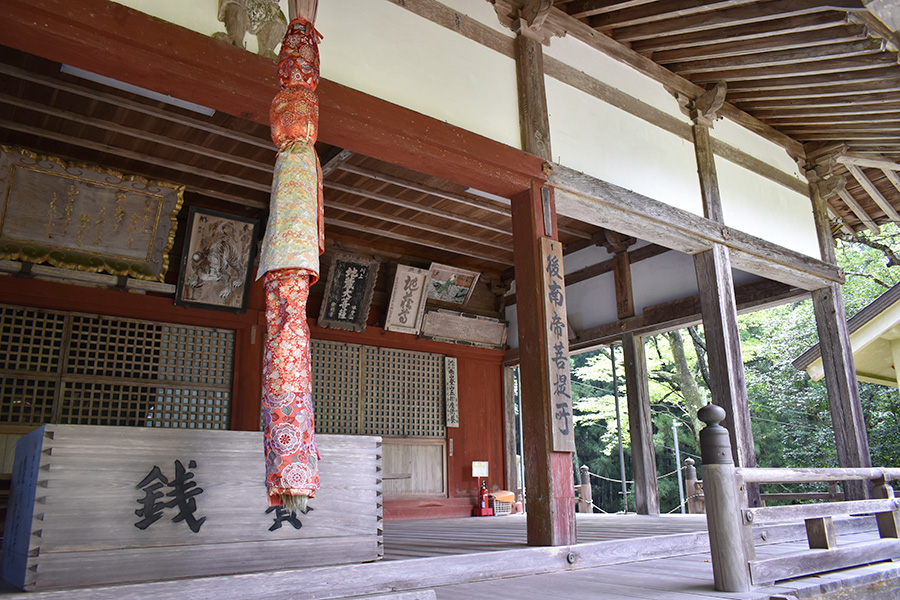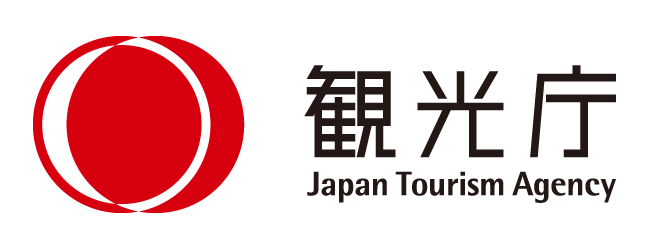Kongōji Temple

This modest temple in the Kōnotani area of Kawakami commemorates a dramatic event in the fifteenth century. Kongōji’s current main hall dates to 1716, and its adjoining shrine is dedicated to a young emperor named Jitennō (1440–1457) and his younger brother Tadayoshiō (d. 1457), the last princes of Southern Court lineage. After the brothers’ murder at the hands of assassins, the townspeople of Kawakami established the shrine in their memory.
Beside the main hall is a small repository that contains Jitennō’s clothing, sword, and armor. The Southern Court was based in Yoshino, and these articles were brought back to Kawakami by members of the village after the princes’ deaths. The doors to the repository are opened and residents pay their respects during the yearly Ochōhai Ceremony, held on February 5.
The first temple on this site is said to have been built by En no Gyōja (634–c. 701), a mystic who founded the practice of mountain asceticism called Shugendō. The temple’s principal image, which is shown to the public annually on August 23, is a carved yew statue of the bodhisattva Jizō, the protector of children and savior of spirits trapped in hell. The image was supposedly carved by En no Gyōja.
To the left of the main hall stands an immense zelkova tree said to be over 800 years old. Its center is hollow, but the tree continues growing strong.
